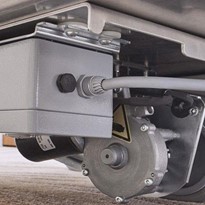Static and dynamic load capacity
The static load capacity is the maximum load that a device can withstand while standing immobile on the floor or only being moved very slightly. For example, if the static load capacity is 1,000 kg, the total weight of the device and load must not exceed 1,000 kg.
For transport equipment, it is above all the dynamic load capacity that is crucial. This refers to the load capacity at a certain speed on a level floor. The load capacity data provided is always based on standardised test conditions. This means that there will be deviations at extreme temperatures, for example, or on uneven floors. Please feel free to contact us for detailed advice on this topic.
Calculating the dynamic load capacity
In order to find the most suitable castors and wheels for your transport equipment, the total load must be determined. This is equal to the weight of the transport equipment itself plus the weight of the load. This total load must then be divided by the number of load-bearing castors. Usually, one castor is subtracted from the total number of castors to allow for the fact that, on uneven floors, not all of the castors are in contact with the floor at the same time, meaning that only three instead of four castors carry the weight.
To give an example
Transport equipment weighing 50 kg should be able to convey a total of 250 kg. Four castors are used.
The payload T is calculated as follows:
T = (50 kg + 250 kg) / 3 T = 100 kg
The dynamic load-bearing capacity of the castors or wheels in this example must therefore be 100 kg.
Especially with heavy-duty castors, a safety factor must also be taken into account. This depends on the type of transport – manual or motorised – and the area of application.
Please contact us if you have any further questions about load capacity or if you would like to take advantage of our expertise in your search for suitable castors and wheels. We are at your disposal!



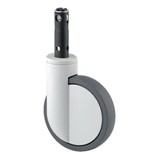


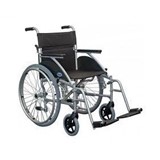


-160x160-state_article-rel-cat.jpg)




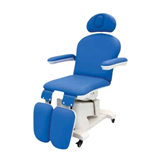



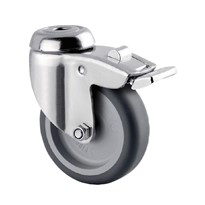
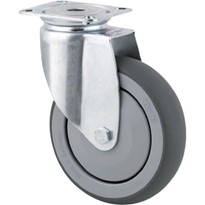


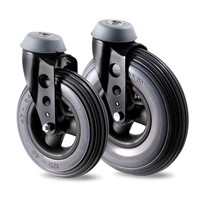

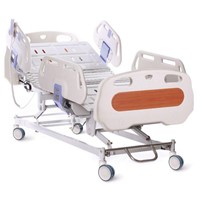
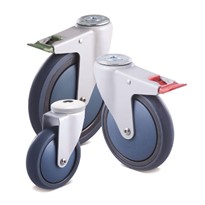
-205x205.jpg)










